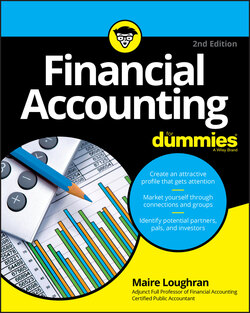Читать книгу Financial Accounting For Dummies - Maire Loughran - Страница 54
Tracking sources and uses of cash
ОглавлениеI tell my students that if I could choose only one of the three key financial statements to evaluate a company’s ability to pay dividends and meet fiscal obligations (both of which indicate a healthy business), I would pick the statement of cash flows. That’s because even though the income statement shows eventual sources and uses of cash, the statement of cash flows gives you a better idea of exactly how a business is paying its bills.
Not all cash is created equal. As a general rule, a business presents itself in a more positive position if its costs are being covered by cash it brings in from the day-to-day running of the business rather than from borrowed funds. As a potential investor or lender, I want to see that cash the company brings in through operations exceeds any cash brought in by selling assets or borrowing money. This is because selling assets and borrowing money can never be construed as continuing events the way bringing in cash from selling goods or services can be.
Financial accounting, which is done on the accrual basis (see Chapter 6), does not show the cash ins and outs of business operations. The statement of cash flows gives the user of the financial statements a better idea of cash payments and receipts during the year in two ways:
By eliminating the effects of accounts receivable and payable
By showing cash brought in by means other than the continuing operations of the business and cash paid out for items outside the scope of continuing operations — for example, for the purchase of fixed assets
